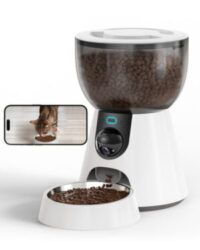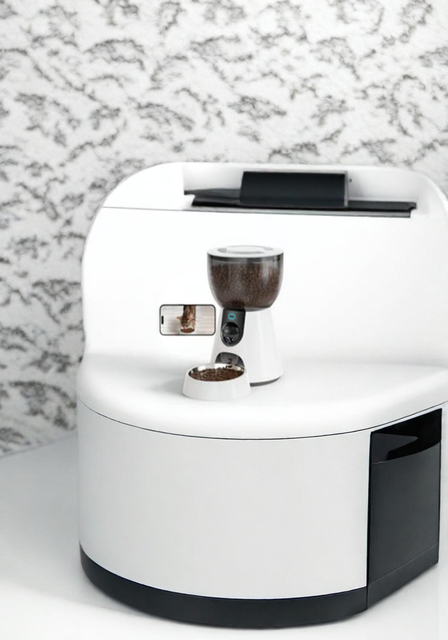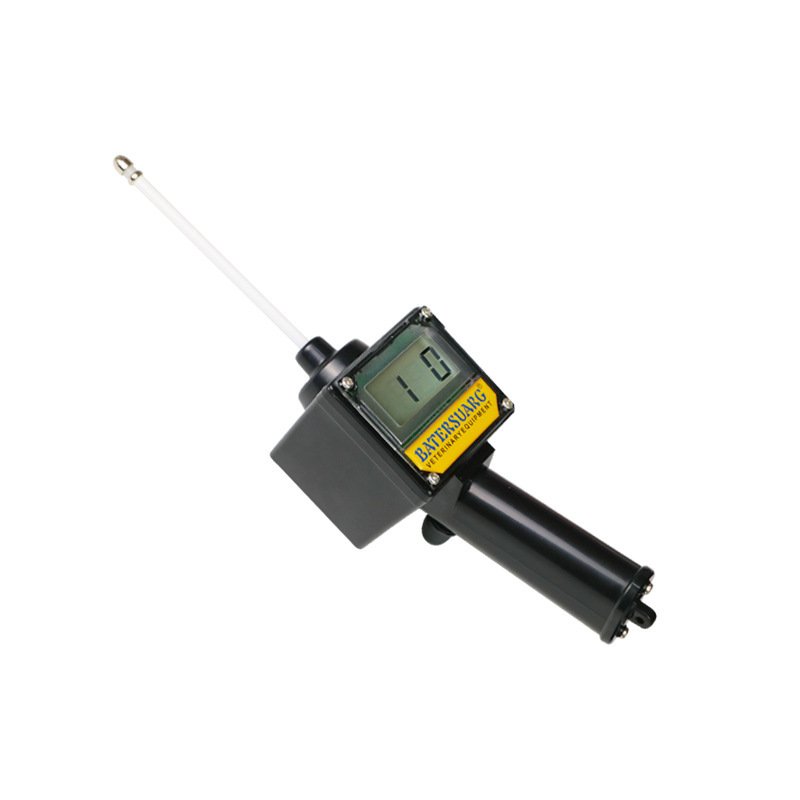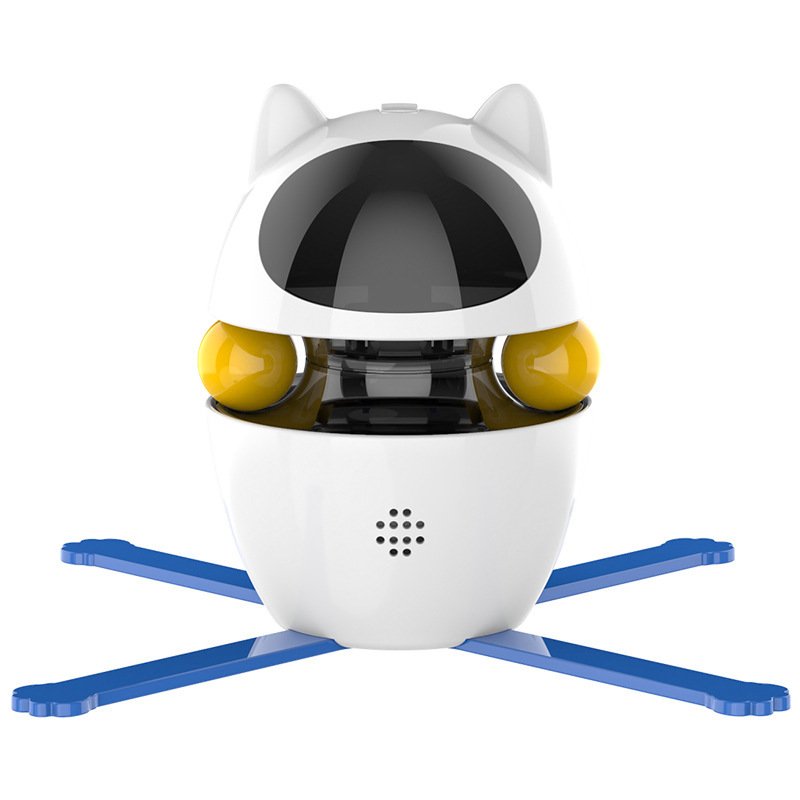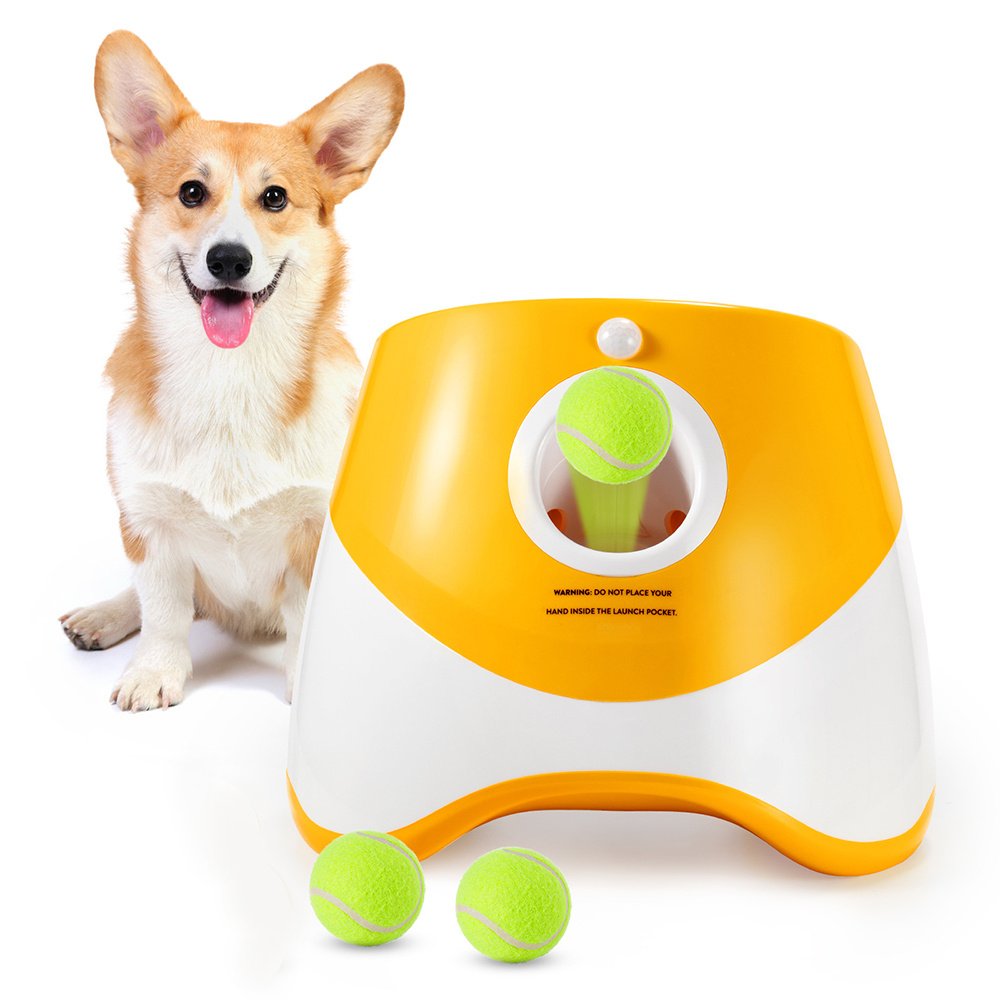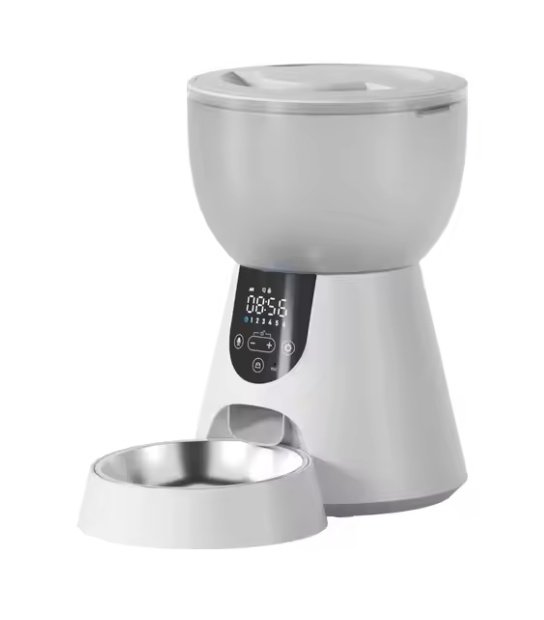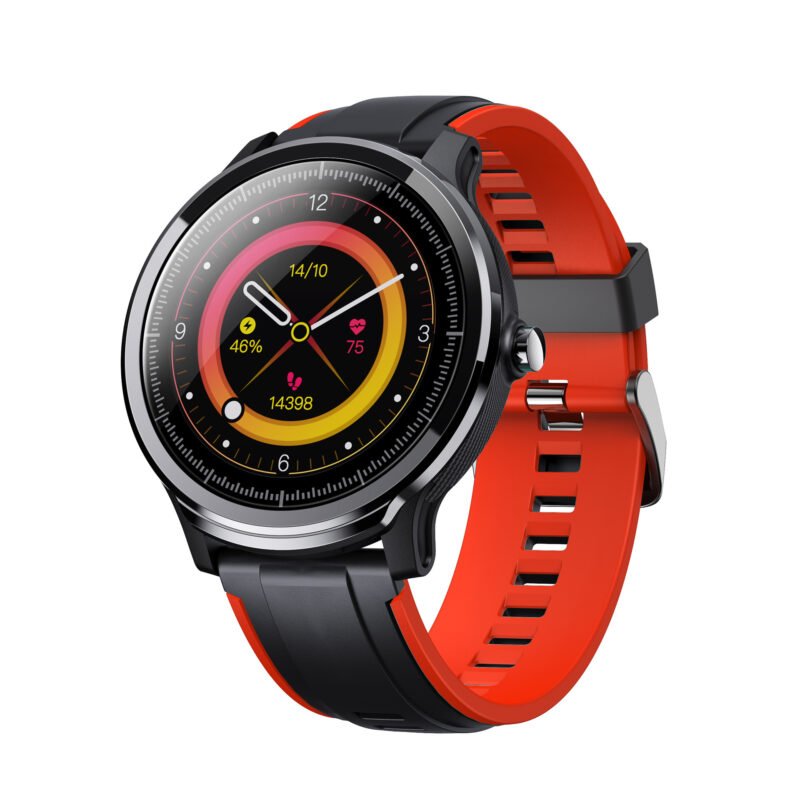Development prospects of pet intelligent machine industry
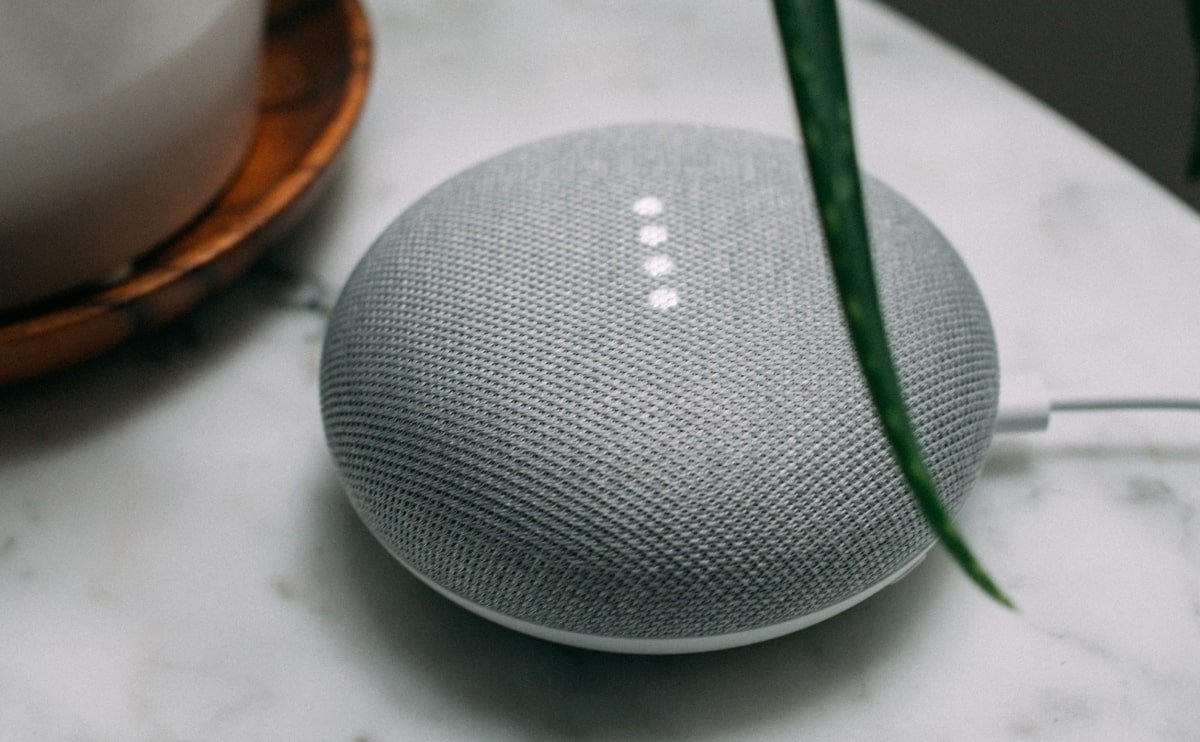

1. Market growth potential: the 100 billion track is accelerating its expansion
Global market size
The global pet smart products market size is expected to reach 11.16 billion US dollars in 2031 (annual compound growth rate of 11.8%), and the Chinese market size will exceed 50 billion yuan in 2025, and is expected to reach 100 billion yuan in 2030 (annual compound growth rate of more than 20%).
Core driving factors:
Emotional economy: the growth of the population living alone and the trend of "anthropomorphism" of pets, 40% of consumers buy smart cameras to relieve separation anxiety.
Technology inclusiveness: the cost of the Internet of Things (Wi-Fi/Bluetooth) and AI algorithms has dropped, and the price of entry-level cameras has dropped to 200-500 yuan, breaking through the psychological threshold of consumption.
Breaking point of sub-categories
Smart cameras: 1.4 million units sold in 2024 (growth rate of 100%), accounting for 10%-12% of the smart pet products market, with functions upgraded from monitoring to "health analysis + emotional interaction" (such as abnormal behavior warning, laser pet teasing).
Smart cat litter box/feeder: Contributes the largest market growth, with a penetration rate of less than 10%, but 40% of users have potential purchase intentions, and price reduction is the key breakthrough.
Wearable devices: Health monitoring collars (heart rate, body temperature, positioning) have become rigid needs, and in the future they will integrate disease early screening functions (such as urinary system disease warning accuracy exceeding 90%).
⚙️ 2. Technology-driven: AI and ecological integration reconstruct the industry
AI empowers health management
Non-invasive monitoring: Samsung Galaxy Watch 8 Classic and Huawei pet collars support non-invasive blood sugar trend analysis, with errors close to traditional blood collection equipment.
Behavior prediction: Deep learning algorithms can distinguish between pets' eating, sleeping, and anxiety states (such as Xiaomi cameras), generate behavior reports, and push abnormal alerts.
Emotional interaction and scene intelligence
Companion robots:
Simulated pets (robot cats/dogs) achieve emotional interaction through voice recognition and action simulation, such as Enabot robots that can actively accompany and play.
AI emotion recognition systems can analyze pet emotions (anxiety, excitement), and may support two-way voice translation in the future.
Whole-house interconnection: Smart home and pet scene integration (such as constant temperature cat nest + automatic cleaning cat litter box), ODM manufacturers launch modular solutions, shortening the R&D cycle to 3 months.
🌍 III. Competitive landscape: local innovation and ecological positioning
Market stratification and player strategy
Head brands: Xiaopei and Xiaomi (ecological chain advantages) account for 30% of the market share, focusing on high cost performance + APP linkage, and Xiaomi smart feeder growth rate exceeds 100%.
Vertical innovators: Shenzhen Fuzhi Technology (Enabot companion robot) and EZVIZ (mobile pet robot) break through through scene differentiation.
Cross-border entrants: Home appliances (Panasonic) and 3C (Huawei) integrate technical resources to compete for the entrance to the health management ecosystem.
Going overseas and sinking markets
Going overseas: The ODM model focuses on Southeast Asia (growth rate of 35%) and Latin American markets, but it needs to break through the brand recognition barrier.
Sinking market: The growth rate of fourth- and fifth-tier cities has surpassed that of first-tier cities, and the low-price strategy (80 yuan entry-level model) has accelerated penetration.
⚠️ Fourth, core challenges and breakthrough paths
Technical bottlenecks
The emotional interaction is not real enough, and robot pets are difficult to replace real emotional connections (such as tactile feedback and random behavior).
The high cost of high-end functions (the price of non-invasive blood glucose monitoring equipment is >2,500 yuan) restricts popularization.
Market education and ethical disputes
Consumers are concerned about data privacy (industry data leakage losses will exceed $1 billion in 2024), and the EU plans to introduce new regulations.
Ethical disputes: Do robot pets weaken the emotional bond between people and real animals? It is necessary to balance technological convenience and natural relationships.
Price and penetration rate contradictions
Only 10%of pet owners have tried smart devices, and price sensitivity is the main reason. It is necessary to reduce costs through supply chain optimization (such as Jinding Weishi ODM solution).
🔮 V. Future trends: Paradigm leap from tools to ecology
Technology integration is accelerating
6G+ satellite communication: MediaTek promotes pet emergency call chips, which may support field positioning rescue in 2026.
Flexible materials and bionics: Tri-fold screen concept watch, diamond-like diaphragm improves device durability and extends high-frequency monitoring capabilities.
Reconstruction of service ecology
Medical closed loop: AI health data connects with pet hospitals (such as Ruijin Hospital hypertension research) to achieve a one-stop service of "monitoring-diagnosis-treatment".
Subscription profit: Garmin Connect+ model replication, through data analysis value-added (such as personalized insurance recommendations) to improve user stickiness.
Sustainability and social value
Environmentally friendly materials: Apple and Huawei promise carbon neutrality in 2030, and the application rate of bamboo fiber straps and recycled aluminum will exceed40%.
Suitable for the elderly and children: The penetration rate of robot pets in the fields of Alzheimer's care and children's emotional education has increased.
💎 Summary and suggestions
The pet smart machine industry is experiencing a value upgrade from "functional replacement to emotional partner":
Short-term opportunities: Focus on low-priced products in the sinking market (cameras/feeders) and health needs (wearable devices), and reduce costs and improve efficiency through ODM.
Long-term barriers: layout of AI emotional interaction, medical-grade data services and cross-end ecology (car/home/pet linkage), such as Huawei's "Star Flash Car Key" extending to pet positioning.
Risk warning: Be wary of privacy compliance costs (EU GDPR-like regulations), technology homogeneity, and give priority to building a "hardware + data + service" trinity moat.
Technology will eventually make companionship smarter, but how to protect the real emotional warmth is the ultimate proposition for the industry's longevity.






